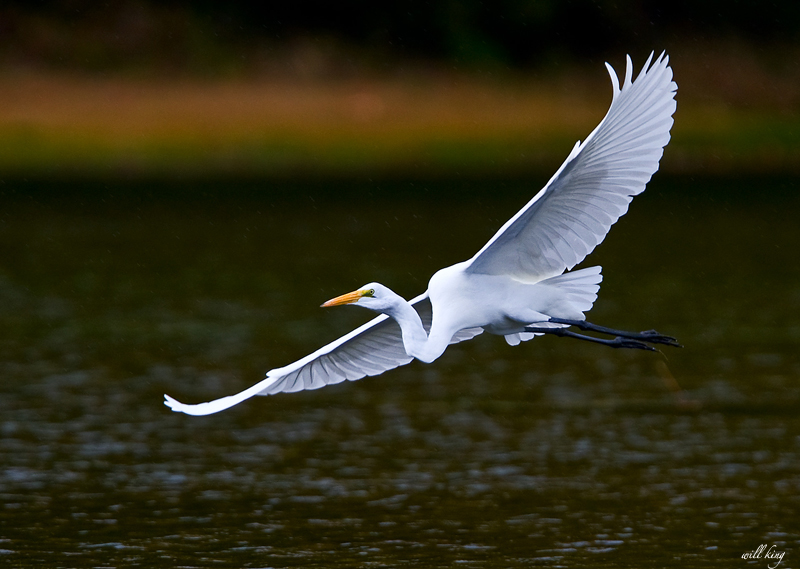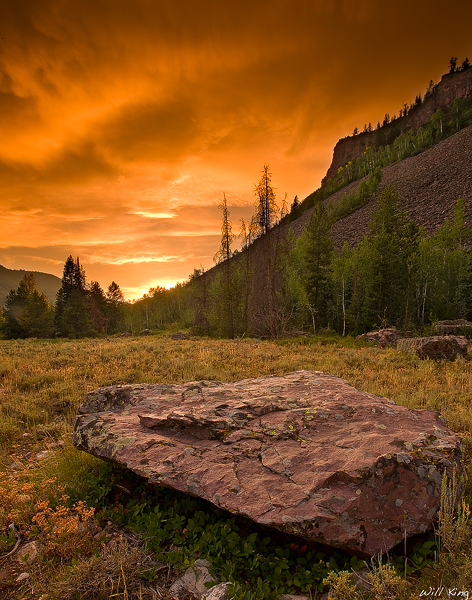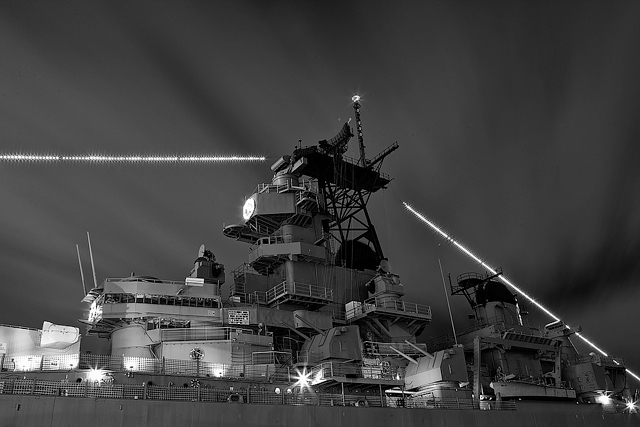
Made with a Canon 5D Mark II 17-40mm L f/4 (ISO100, f/7.1, 30 seconds)
















If your tripod has a hook at the bottom of the shaft, you can hang your camera bag or a bag of phone books on it. This will increase the stability of the tripod which can be especially helpful on windy nights.
Other equipment that you can use but is not required are various filters. I've used a neutral density filter to slow down the shutter even longer. You can also try a graduated neutral density filter if there is still a hint of light from the setting sun.
Now let's talk about technique. Most DSLRs have a custome setting called Mirror Lockup. This is when the mirror inside the chamber of your camera will flip up until it completes the exposure. The shutter stays closed until the exposure starts, but the mirror will be flipped up. The action of the mirror flipping up causes some vibration in your camera which can lead to minor blur. Activating the mirror lockup will eliminate this vibration.
You also want to turn off the IS or VR (Image Stabilization) or (Vibration Reduction) on your lens. There is a motor that controls the stabilization of the lens and this motor when activated also causes vibration. You won't need IS anyways because your camera will be on a tripod.
Metering for a long exposure night shot without a incident light meter is tricky. This is especially true when there is still some evidence of color from the setting sun or rising sun. Sunlight can still be a factor up to an hour after the sun has set below the horizon. The tricky part is, the intensity of the light will constantly be changing. I often start out with just using Aperture Priority and let the camera do it's job. This offers me a baseline to work with. Try to spot meter on something midtoned. The night sky would be a bad idea because your camera will try to overcompensate and you'll be left with an overexposed shot. Metering on a bright light would also be a bad idea because your camera will underexpose the shot. But hey, we shoot digital so take a shot, wait until it takes the full exposure and chimp. Look at the LCD on your camera and decide how the image looks. The histogram in this case won't be as helpful like it normally would be in normal shooting conditions because you will see spikes on the left (black) and right (white) sides....and that's okay. The spike on the left will represent the night sky and the spike on the right will represent any lights that are in your shot such as a car's headlights or a street light.
I use a smaller aperture when taking night shots because I want to exaggerate the effects of a long shutter such as the clouds rushing through the sky, the headlights of a car streaking by, or the the star flare of stationary lights.
Use the lowest possible ISO you can. Noise can show up very easily in dark areas of the sky so you don't want to exxerbate that with a higher ISO. Remember that you'll be shooting on a tripod so low and slow.
Two other things to add. First, try to add an element of motion to your long exposures. Having an element of motion while everything else is stationary and tack sharp makes for a dynamic image and adds life to the image.
Second, and this can apply for any scenic photo. Try to add a foreground element to your image. This will anchor the image and make for a better composition.
Please feel free to ask questions.







